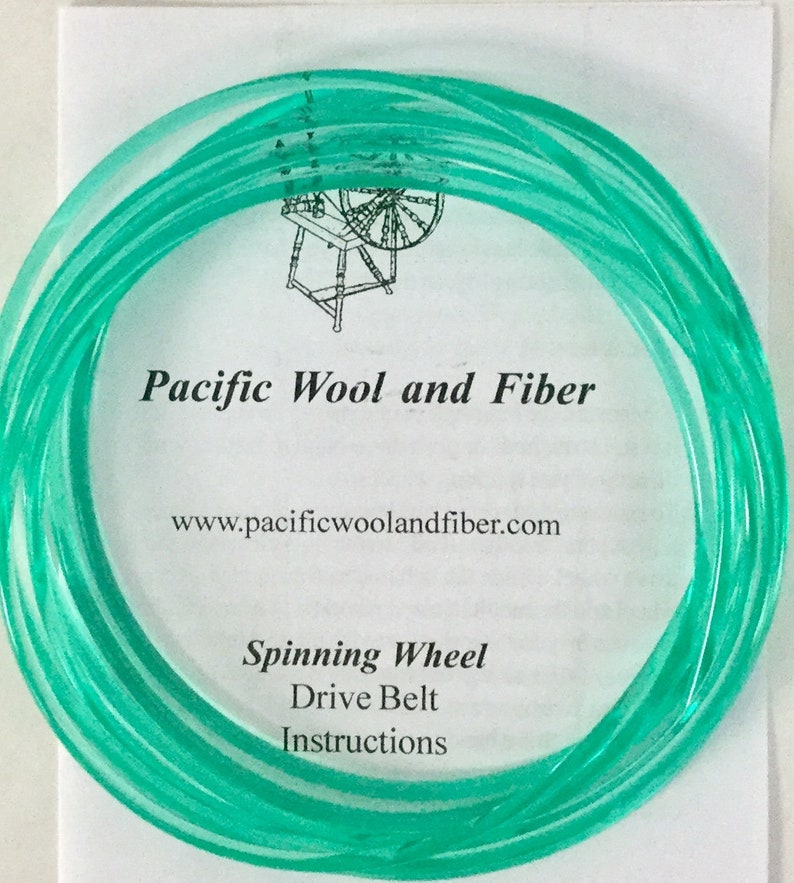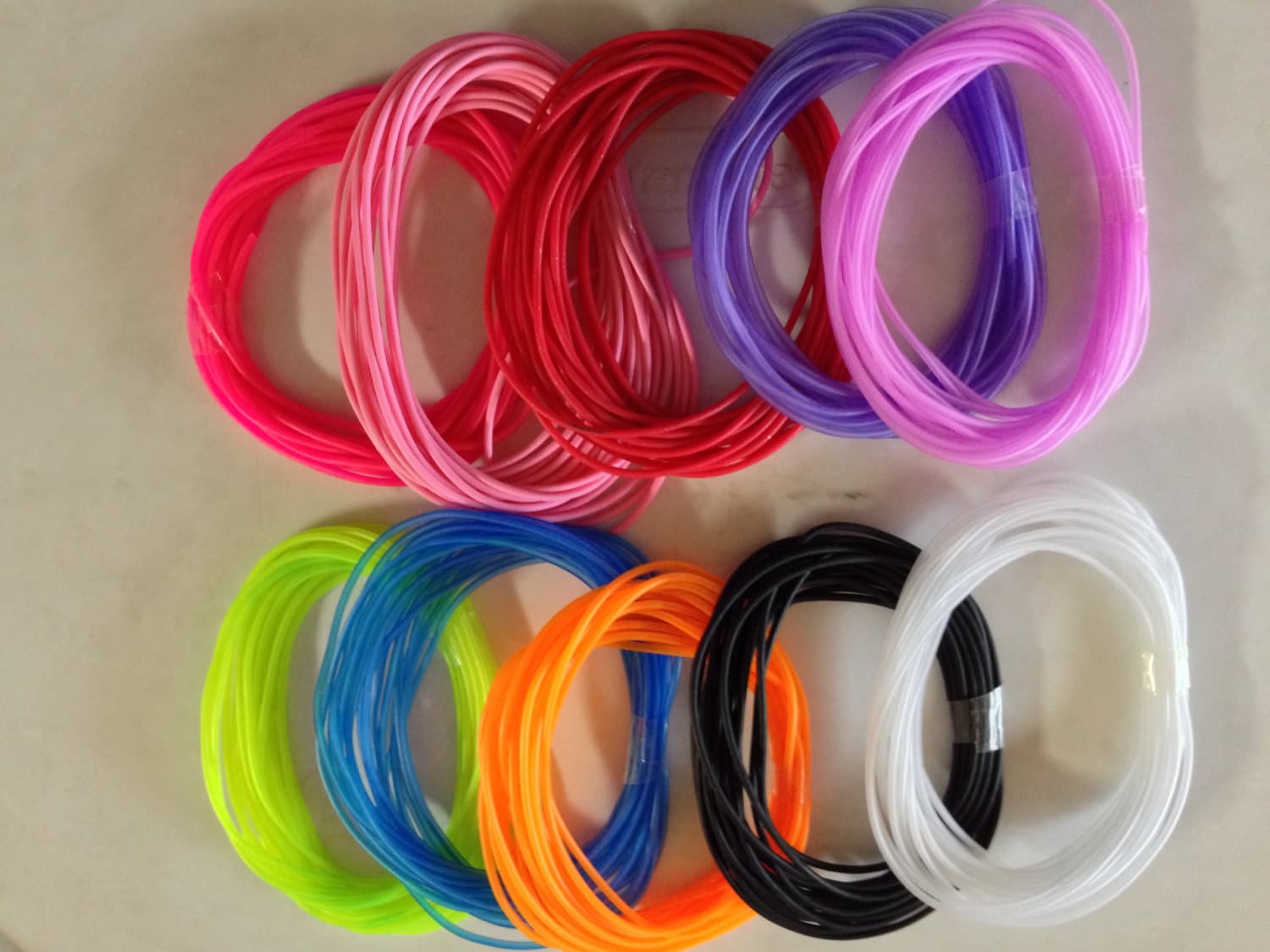

- #Macupdate keep drive spinning mac os#
- #Macupdate keep drive spinning install#
- #Macupdate keep drive spinning pro#
- #Macupdate keep drive spinning software#
- #Macupdate keep drive spinning mac#
In my case the damned thing spins down after 60 seconds! I tried the manufacturer's only suggested resolution and updated the "drive manager" software "to let the OS handle spin down". I can't prove it, but be warned that within 24 hours of setting up a touch script on my drive, the dreaded 'invalid b-tree node size' error occurred and I had to purchase a disk recovery tool to get my data back. The Finder DOES cache folder contents which is, I think, what lead to a tip very similar to the above trashing my drive!! I have a Seagate FreeAgent that has the same problem.
#Macupdate keep drive spinning mac#
Okay, maybe the WD won't work well for him in his very specialized intended use as a Mac boot drive, but that's no reason for alarmist postings telling everyone that they should avoid WD drives. I realize that I was kind of harsh to the other poster, but I'd really rather see some more nuanced discussions rather than Chicken Little sky-is-falling stuff. The Seagate is now my screwing-around-on drive, with multiple custom-configured copies of OS X and Windows (e.g., for things like diagnostics, drive copying, "rescue" in case my primary drive gets filesystem damage, etc.). The reliability on those drives is so bad that I bought a WD Caviar Black 1TB drive.
#Macupdate keep drive spinning pro#
I have a Mac Pro that came with a 1 TB Seagate 7200.11 series drive already installed.

They seem to have decided that price is the most important consideration, so I'd rather pay an extra $30 and get the reliability and speed of a WD drive. WD currently makes the best bare hard drives, too. The above solution is better than mine, but I thought I'd share anyway :) I figured out my solution when I needed it.

Save the file in ~/Library/LaunchAgents and either load it using launchctl load /path/to/ist and you should be good to go. Since I'm not overly concerned about logging, if the drive isn't there then I'm not terribly worried about any log messages this may produce. My solution was not to write a script, but rather to just call touch on the hidden file directly through the launch agent. I effectively did something very similar to this to make that damn drive not spin down (it's where I store all the files I serve to my PS3.so it was really annoying). DISCLAIMER: This is not really my hint, but a variation of someone else's, but I don't remember where I got it from, sorry! It can be argued that this may shorten the life of the HD, but from what I've read in various forums, having the HD spinning down and up constantly also causes severe strain on the HD, especially in situations like mine where the HD is constantly on. I've done this and the drive has remained sleepless since.
#Macupdate keep drive spinning install#
Install Lingon, then build a new Agent in the My Agents category, choose a unique name for it (such as ), input the location of the script, and tell it to run it every five minutes.
#Macupdate keep drive spinning mac os#
The best way to run this script every five minutes is to use the launchd system built into Mac OS X, and a donationware app called Lingon is a great tool to manage it. Replace no_sleep_script.sh with whatever you named the script.

Here's that code: #!/bin/bash# Used to not let a volume named MYBOOK sleepvolpresent=$(mount | grep MYBOOK | wc -c)if then touch /Volumes/MYBOOK/.hiddenfilefiThis script should be made executable by running the following on the Terminal: chmod +x. This is done by first building a small script in bash that touches the hidden file and that also checks if the hard drive is mounted, so as to not flood the system logs if the drive isn't connected. This is annoying, as even if you are browsing files in the Finder without looking at the ones on the hard drive, the Finder triggers a spin-up, and then bogging down the system until the hard drive has finished spinning up.Ī workaround for this is to not let the hard drive be inactive for more than five minutes by constantly touching a hidden file on the hard drive. Meaning that no matter what preferences are set in System Preferences, if 10 minutes of inactivity have passed, the hard drive will go to sleep. A problem with some of the Western Digital's My Book external hard drives is that they have a spin-down functionality built into their firmware.


 0 kommentar(er)
0 kommentar(er)
